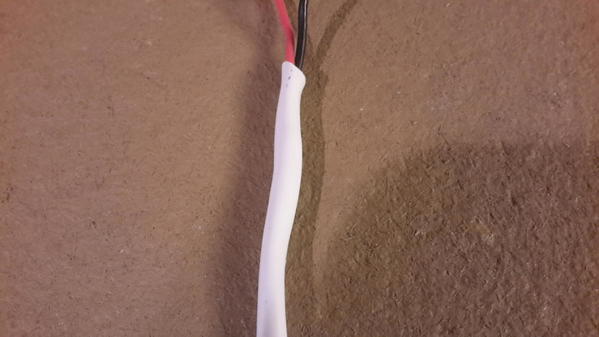Hello Everyone;
My mainlines have been operational for several weeks now and decided it was time to check DCS Signal Strength. But I'm really, REALLY confused in regard to the results I got!
I'm hoping more experienced DCS users will shed some light as to why this happening.
The following is the process I used to check signal strength:
1. My layout consists of all Lionel tubular track.
2. Pin tightness/cleanliness was checked during track assembly.
3. Because of engine length (longer than standard Lionel 10 inch length), two track sections were checked at a time.
4. Engine was moved to each 2-track section and stopped.
5. Track Signal was selected for that engine from the DCS remote.
6. 25 "samples" for each 2-track section was viewed; with "samples" meaning the refresh of the DCS remote screen was monitored (the Track signal screen was allowed to refresh 25 times).
7. During this process it was noted that DCS signal strength would start at Level 10 for several "samples", then immediately drop to "Out of RF Range" for several samples; then immediately go back to 10's!
8. The reverse is true also; where signal strength for a 2-track section would start at "Out of RF Range" for several "samples", jump to 10 for several "samples" and back to "Out of RF Range".
9. Steps 4 thru 8 are repeated for the entire layout.
10. No "lighted" cars were on the layout and no other engines were on the layout either.
These are results I did not expect. Several 2-track sections provided constant Level 10 signal strength for all 25 "samplings". But quite a few track sections were "10-to-Out of RF Range".
Are these typical results when checking signal strength? If so, how can a Level 10 signal immediately drop to "Out of RF Range"....or vice versa?
Heres some background info about my layout wiring:
1. 2 TIUs are used; where both Fixed channels are connected to their own PW ZWs (ZW x 4).
2. One TIU is Rev. I, the other has NO Rev. label and no internal circuit breakers! Both are running software version 5.0.
3. Foam was put into both TIUs and the remote to make sure the radio boards would not work loose.
4. Fixed outputs are wired to their own terminal blocks (a total of 4).
5. Each terminal block has an 18v bulb wired to the INPUT of the terminal block (from the output wire of the TIU attaches).
6. Each of the terminal blocks have 10 or less track blocks connected to them.
7. Number of track sections per track block are 11 or less.
8. Each "terminal block-to-track block" wiring path passes through a relay; so that each track block can be switched On or Off. The connection is wired through the "Normally Closed" side of the relay. That way power from the terminal block to the track blocks is always "available" without the relay being "active".
9. All wiring is 14 gauge "sheathed" wire and none of the wire lengths exceed 10 feet.
10. Because PW ZWs are used, the layout is wired using the Power District approach (as defined in Barry's DCS Companion book). This approach shares the power load; putting a lot less strain on the ole ZWs.
11. Because I'm using the Power District approach, I'm running both TIUs in Super TIU mode.
12. One TIU is named TIU1, the other is named TIU2.
I'm hoping someone might have some insight as to why I'm getting such weird signal strength results? Or maybe my testing process is totally wrong? Or this is SOP for DCS?
I hope someone can help!
















